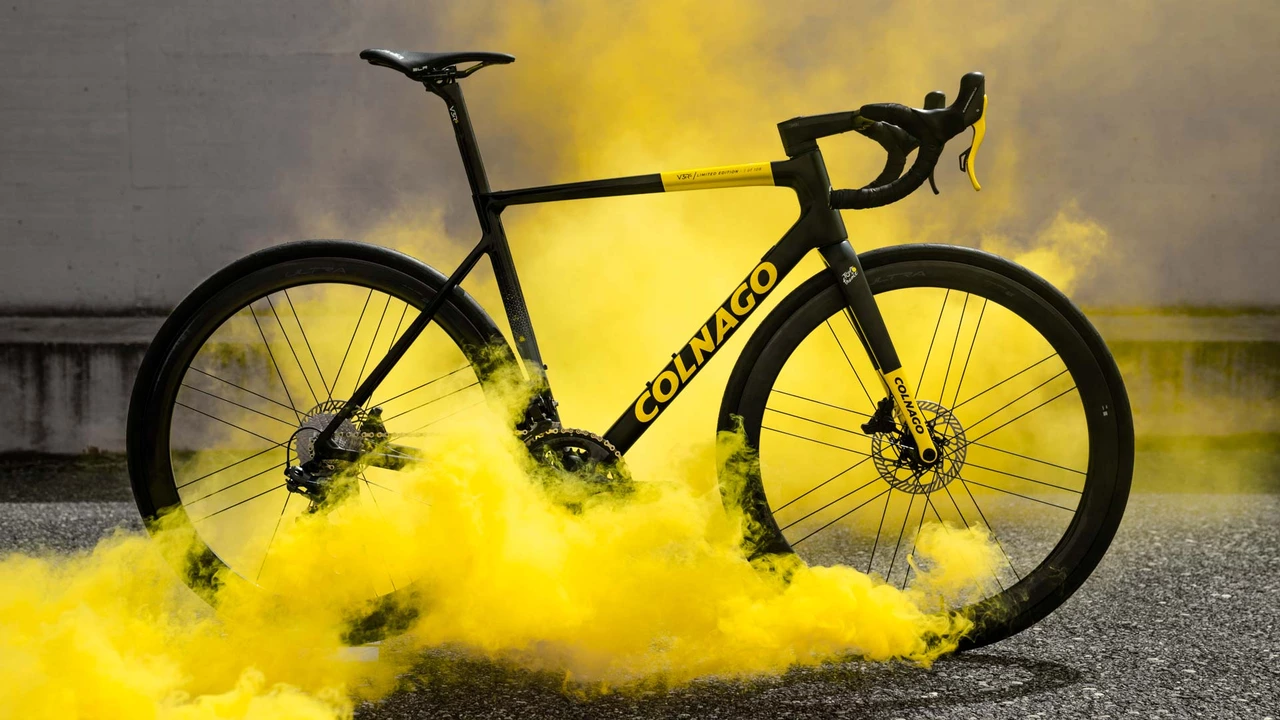The Essence of Tour De France Bikes
If you're anything like me, Kendrick, an avid bike enthusiast living on the sunny shores of Melbourne, Australia - you've probably found yourself staring dumbfounded at the sleek, futuristic two-wheeled chariots that shoot through our television screens every July. The Tour De France bikes. Yes, those very same machines that seem to whisper "Guess what, you'll never catch up." Well, apart from their extraordinary price tags, what else makes these bikes stand head and shoulders above our basic commuter bikes?
Components Engineered for Speed and Performance
Tour De France bikes are basically sporting Ferraris on two wheels. They feature components engineered with such precision and attention to detail it'd put a watchmaker to shame. Let's talk about the gears, for instance. My trusty steed at home might have a commendable 21-speed gear system - a feat that impresses my dear Sophia, but a Tour De France bike scoffs at that. With up to 33 speeds on some models, these machines make challenging terrains and gradients seem like a stroll in the park.
The Story Behind Those Carbon Frames
An interesting aspect of Tour De France bikes is their ultra-light carbon frame construction. Unlike the traditional steel or aluminum frames on basic bikes, these carbon frames offer unmatched strength-to-weight ratios. Essentially, they are lighter and more robust, improving both speed and control. Even my adventures through the rugged Australian outback haven't made me appreciate the importance of a light frame as watching a cyclist effortlessly maneuver a Tour De France bike up a mountain pass.
A Touch of Aerodynamic Magic
You've probably noticed the peculiar, streamlined design of a Tour De France bike. That's not just for aesthetics, folks. Those bikes are designed to cut through wind resistance like a hot knife through butter. The handlebars are dropped and narrowed, the seats barely there, and the frame is as slim as can be - all reducing the surface area that air can push against. It makes you think twice about the bulky, upright design of our everyday bikes, doesn't it?
Wheels That Turn Heads and Corners
As I've come to discover during my biking adventures, a bike is just as good as its wheels, and the wheels on Tour De France bicycles are a thing of beauty. Built for speed rather than comfort, these wheels often feature fewer spokes and thinner tires to reduce weight and wind resistance. I remember once taking Sophia on a cycling date and hitting a rough patch with my regular bike. If I were on a Tour De France bike, the outcome would have been comically different.
The Importance of Fit
The difference in fitting between a basic bike and a Tour De France bike is like the difference between a one-size-fits-all cap and a tailored suit. To maximize efficiency, the dimensions of these high-end bicycles are expertly tailored to suit the individual rider's body. To put this into perspective, it's like trying Sophia's homemade pasta versus that boxed stuff from the store - I guess you can see the clear winner here.
Technology: The Unseen Advantage
Another area where Tour De France bikes triumph over basic bicycles is technology. From advanced gear shifters, performance monitoring systems to wireless component integration, these bikes are like rolling tech labs. It's a far cry from my basic bicycle, with its modest set-up. It's like comparing my neighborhood barbecue to those world-class steakhouses – it’s an entirely different level!
The Price of Excellence
Now, after all that gushing, let's land back on earth with a hard truth. None of these advanced features come cheap. In fact, the cost of a Tour De France bike could probably fund a trip around Australia, twice, with upgrades. But, we are not just paying for components or technology. We are paying for years of rigorous research, innovation, and craftsmanship – attributes that make these premium bikes a cut above the rest.
So, there you have it. In every aspect - be it design, technology, or materials - a Tour De France bike outclasses a basic bike. It's like a finely tuned symphony compared to a street busker’s tune. But remember, at the end of the day, the best bike for you will always be the bike that lets you enjoy the ride. After all, we can't all be Tour De France athletes, can we?

Write a comment